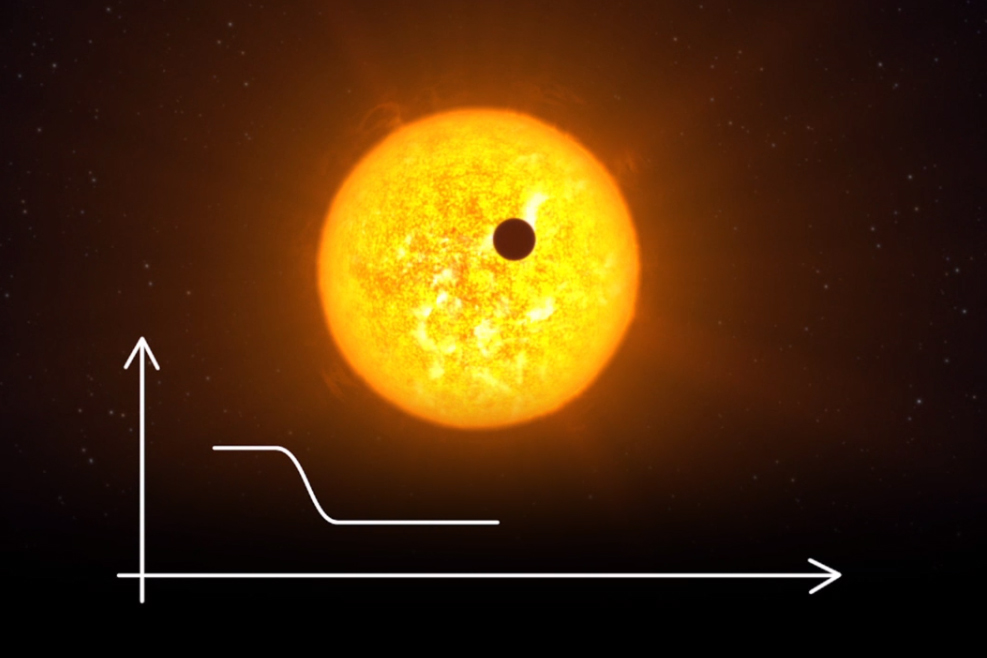Habitable Exoplanets Around Dwarf Stars Possible
Ever since the advancement of space technology, the knowledge of humans about the universe has been expanding. From a geocentric belief that the earth is the center of the universe, Copernicus has proven that it not such the case. When he was able to prove that it was actually the earth that revolved around the sun, man was no longer at the center. We were but a speck in an ever expansive space of stars, nebulae, black holes, and so much more.
Continuous observations of the sky and deployment of space probe missions have provided us more information than ever on everything beyond our planet. This includes the discovery of exoplanets or planets that orbits around another star other than the sun. More than 2000 exoplanets have been discovered since the 1980’s. We have gone beyond our beyond our solar system to observe other systems and most importantly, to detect if other earth-like planets exist.
Though there have been numerous reports of Earth-like exoplanets in the past decades, the possibility of discovering new ones keep coming. The powerful Kepler telescope was able to observe more than 1000 exoplanets including “super Earths” or exoplanets larger than the Earth and could possibly be inhabited by life. Though the Kepler telescope has entered its retirement, a lot of other space projects are still actively looking for habitable planets aside from our own.
The Case of TRAPPIST-1
The most recent case is the discovery of three exoplanets orbiting around an ultracool dwarf star. Situated in the Aquarius constellation and approximately 40 million light years from Earth, these three planets were speculated to have similar temperatures and size to that of Earth. The distance is closer to the Earth in comparison to other exoplanets and the one responsible for this discovery is a 60 cm robot telescope in Chile called TRAPPIST or the TRAnsiting Planets and Planetesimals Small Telescope.
One of the exoplanets orbiting around the dwarf star called TRAPPIST-1, is under close observation by Michael Gillon, a Belgian astrophysicist. He noted that this was a landmark achievement for the infrared telescope as it was not as massive as the Kepler telescope that could observe thousands and thousands of stars in its view. The proximity and focus though of the TRAPPIST to three exoplanets will give useful insights as to whether life is or could exist there.
According to Gillon, the three planets may be a good sign as they are close to the mass of the earth, not less than 50 percent and not more than twice the mass. The temperature they observed seemed also feasible enough for water to remain liquid, a critical factor in harboring life forms. Though the star TRAPPIST-1 is way tinier than the sun, it cannot be neglected that dwarf star systems may harbor life in its orbiting planets.
Too early to tell?
Despite the excitement, there is still some doubt on the possibility of similar Earth-like life forms on TRAPPIST-1’s system. For cases like ultracool dwarf stars, infrared is emitted making the exoplanets that surround it cooler and more different-looking than that of earth’s landscape. Unlike in Earth where visible light reigns, infrared light might be more prevalent in these planets. Thus, in cases of photosynthesis, plants, if they were to exist in these planets, would rely on infrared light rather than visible light.
Aside from that, TRAPPIST-1b and TRAPPIST-1c might less likely harbor life as one side is always facing their sun. Both exoplanets are so close to the dwarf star as well that a year would be equivalent to one or two Earth days. The unlit sides of these planets on the other hand may be too cold that life could not just exist as well. A possibility of life would perhaps be in the middle of these two zones.
TRAPPIST-1d though may hold the most chances for life as it is far enough from the dwarf star and it takes around 73 earth days for the exoplanet to make a year.
Though more evidence still needs to be collected through more powerful telescopes, it is likely that these supposedly rocky Earth-like planets will be covered in ice. Scientists working on this project have cited the use of the Hubble Space Telescope in determining their atmospheres. Knowing if oxygen exists in these exoplanets will be big clues in finding out if life is thriving.
Regardless of the current information, the accomplishment of TRAPPIST-1 has opened a new area in searching for life in space. Sun-like stars may not be the only places to look for life. For now, humans are focusing on exoplanets in search for other living beings. With more powerful technology, like NASA’s Transiting Exoplanet Survey Satellite (TESS), astrophysicists will gain more insights and clues on where else life could exist in the universe.


